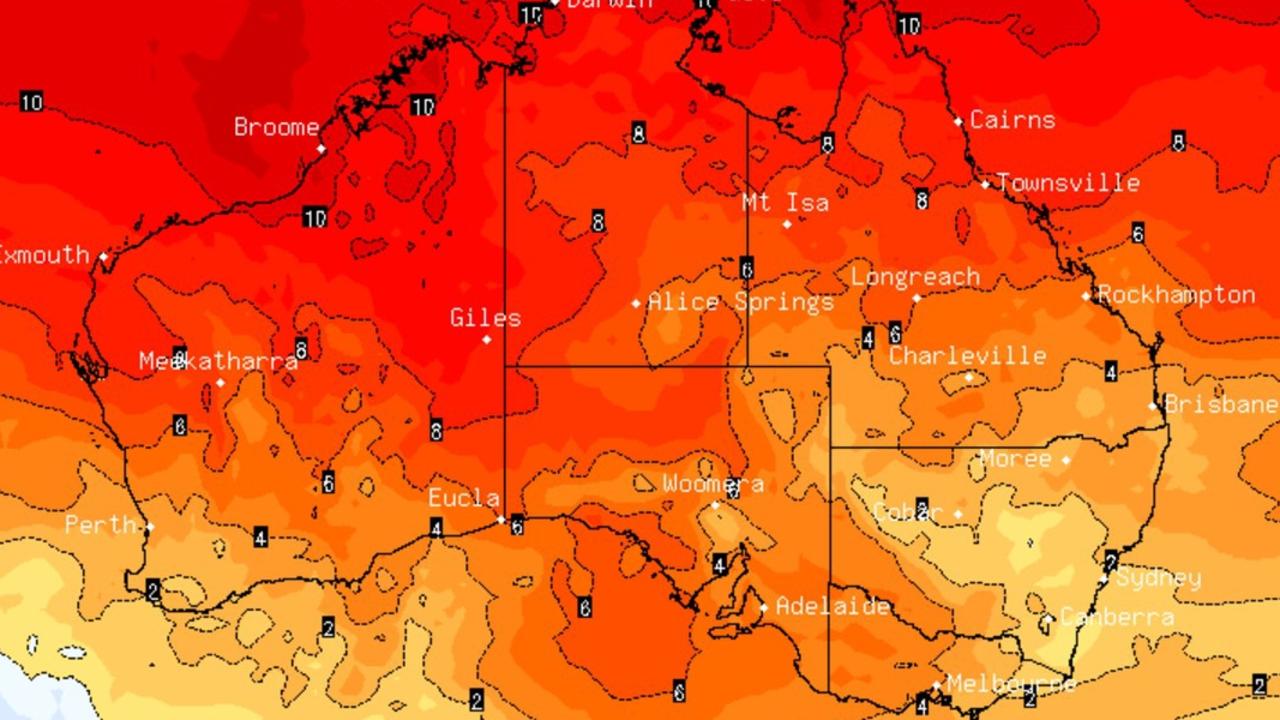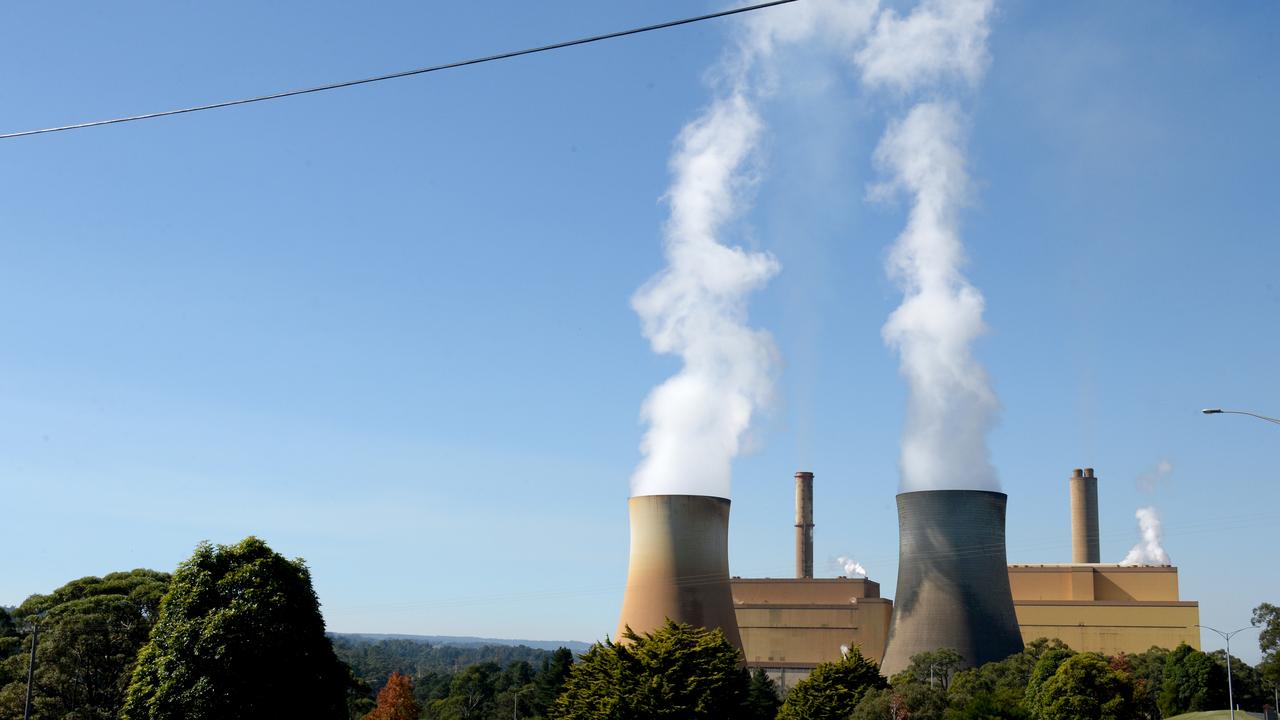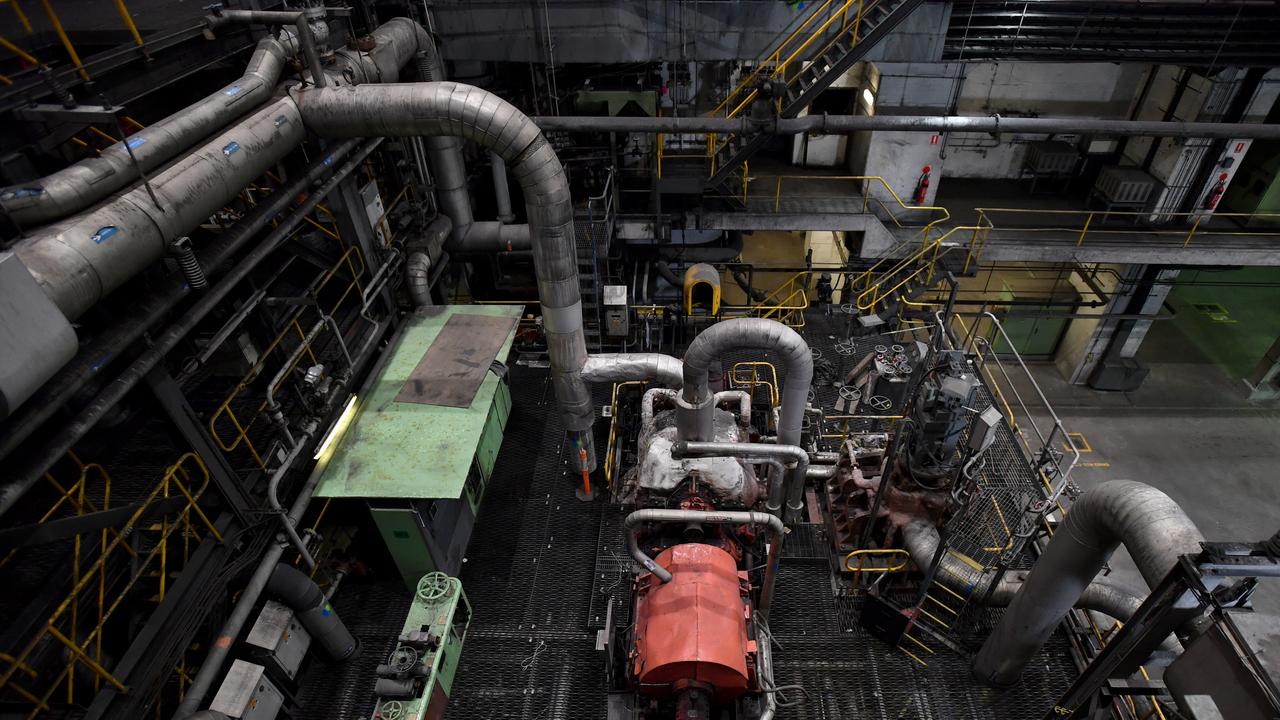Blackout warning for east coast as coal transition stalls
Aussies are being warned they will swelter through one of the hottest summers on record, with power blackouts on the cards due to a surprising culprit.
Households and businesses are being urged to prepare for a tough summer of rolling power blackouts, as the country’s ageing electricity system is tipped to fail at points.
The warning comes as Bureau of Meteorology modelling indicates Australia is on track to swelter through one of its hottest summers on record.

The agency’s summer forecast is for “unusually high temperatures”, with the country likely to be 1.5C above the running baseline.
As a result, there’s a likelihood of more extreme heat days, extended severe heatwaves and particularly high humidity.
This is set to add pressure to Australia’s ageing power grid, with Climate Council chief executive Amanda McKenzie saying Australia’s coal-fired stations are likely to overheat.
“Blackout warnings during the Aussie summer are becoming more common as our ageing coal power fleet becomes increasingly unreliable and climate change turns up the temperature on Australian cities,” she said.
The problem facing Australia is coal-fired power stations can also switch off suddenly due to faults known as a “trip”.
These shutdowns are unpredictable but are more likely to happen at a time of heatwave when Australians need power the most.
Australia’s energy market operator says it has briefed the industry on system readiness and reliability for the upcoming summer across Australia’s east and west coast power systems.
AEMO executive general manager of operations Michael Gatt said the energy regulator was preparing for a hot few months.
“We’ve had a strong response to the supplementary capacity tender, and once we have finished negotiating those contracts, AEMO will publish the amount procured,” Mr Gatt said.
“Across Australia, AEMO has undertaken extensive preparation ahead of summer. However, risks remain and AEMO will continue to monitor the situation and take the necessary actions if required.”
While the potential crisis has been largely avoided so far, energy expert Paul Broad, an economist and the former boss of the Snowy Hydro project, fears the worst as a particularly intense summer bears down.
“We’ve had some really mild summers over the past three or four (years),” Mr Broad told The Daily Telegraph.
“It’s hidden the precarious position that our energy sector has got itself into. It’s a reflection on some of the really ill-considered policies and the rush to close our baseload power plants.”
Opposition climate change and energy spokesman Ted O’Brien said Australia’s base load of power coming from coal had been shut down prematurely, labelling “the entire thing a mess”.

“You need to keep capacity, so if these weather-dependent resources aren’t working, you need to have coal and gas doing what they need to do,” he said.
First real threats of the season
Before the summer even began, Australia had its first real threat for summer blackouts.
NSW faced heightened blackout warnings during an unusually hot spring, leaving energy demands soaring over the last week of November.
A severe heatwave impacted parts of eastern inland NSW, with peak temperatures reaching 40 degrees in the hottest spring in four years.

This left NSW Premier Chris Minns pleading with people on Wednesday, November 27 to throttle their airconditioners, delay washing their clothes and dishes as well as calling on businesses to save power.
This was to “help maintain a reliable (power) supply for NSW consumers”.
Climate Change and Energy Minister Chris Bowen said the plea was due to five coal and gas units not operating.
Blackouts, also known as load shedding, were avoided.
“AEMO managed it well,” Mr Bowen said.
“They instituted all of the various weapons they have at their disposal, and we had enough energy to get through the afternoon and evening, but things were tighter than usual.”



